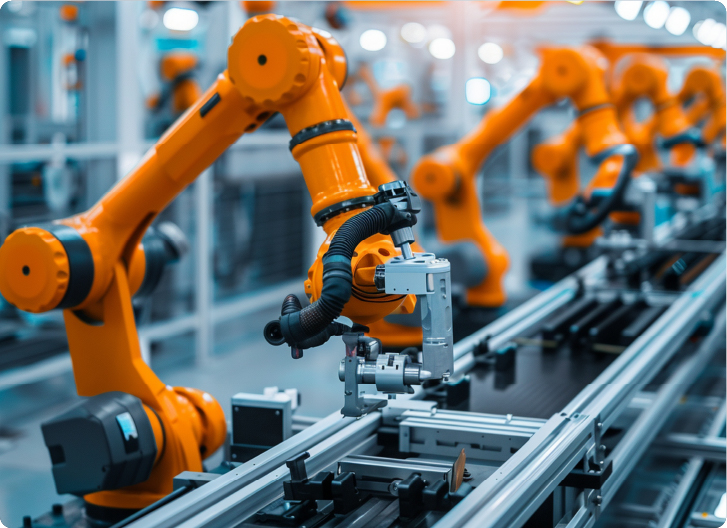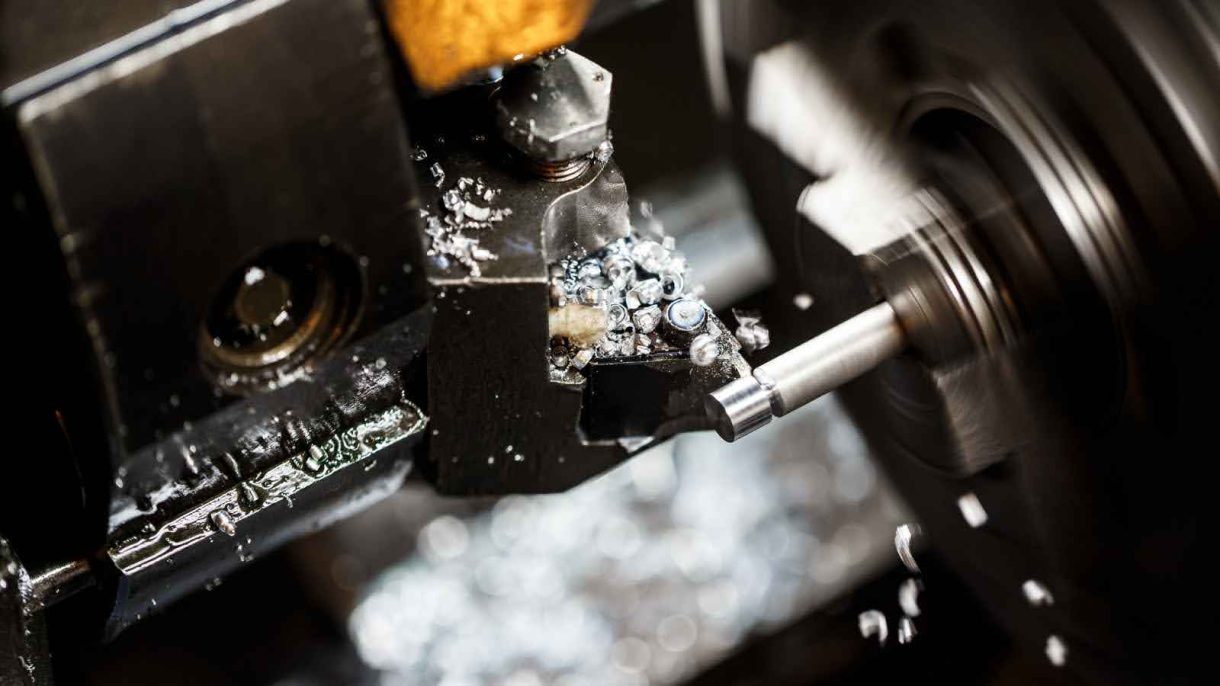
CNC turning is a preferred choice if you face precision issues during production. During a turning operation, the object rotates while a cutting instrument produces accurate contours. Generally, it is heavily practiced across the aerospace, automotive sectors, and medical industries. These industries benefit from CNC turning because it provides complex feature parts at high speeds with consistent quality.
This guide entails CNC turning, operation, machine types, and typical applications. If you are contemplating a Precision machining project, read on to learn its benefits.
CNC turning is a precision machining technique. It usually operates under computerized machine control. A workpiece gets fixed onto a rotating spindle as cutting tools stay stationary to produce the required form. Typically, it provides precise control and achieves minimal tolerances. Simply put, turning delivers reliable results necessary for precise component manufacturing. Modern CNC turning centers demonstrate all-around capabilities because they can process complex material shapes for various market sectors.
CNC turning delivers the principal benefit to industries from its automated and efficient operations. The continuous operation capability and automated control allow machines to minimize human intervention during production runs at increased speed levels. The advanced software programs enable operators to develop best-practice cutting paths, allowing maximum use of materials with minimal waste production. The CNC turning technology is compatible with various materials, including metals and plastics, making it adaptable across different manufacturing settings.
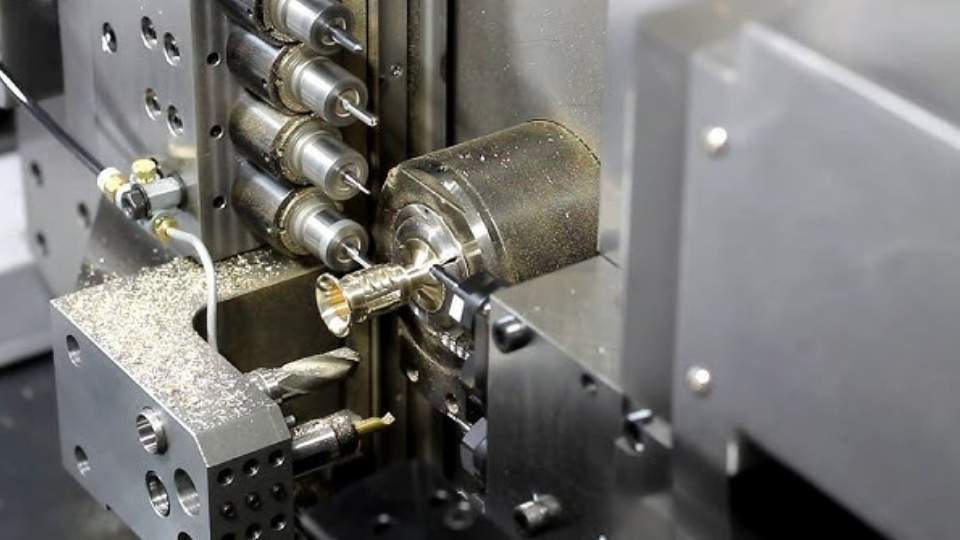
Let’s look at the CNC turning procedure, which can be divided into the following steps.
Part designing is the first step. It is followed by CAD modeling at detailed levels. The designer prepares the program for CNC execution using CAM software after finishing the design phase. After programming, the system creates G-codes as precise instructions for machine operation during turning tasks.
Usually, plastic or metals are chosen for turning. The program completion allows the team to fasten the material to the lathe. The workpiece receives proper alignment through a rotating spindle setup before receiving accurate cutting processes. It ensures complete stability because any movement during machining would lead to precision issues.
Selection of cutting tools must be carried out based on material characteristics as well as the desired part shape. Different drilling tools, lathes, or mills connect to the machine turret for mounting. The established sequence of tools works together to remove the necessary material for achieving target part measurements and final geometry.
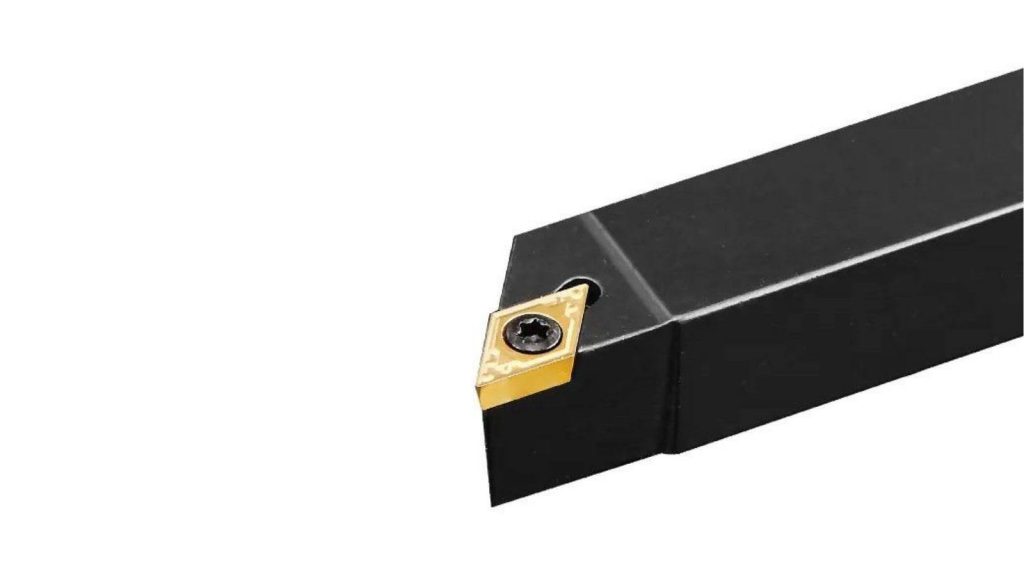
The CNC machine rotates its workpiece as cutting tools carry out programmed movements. It carves out the material from the workpiece. The machine executes turning, drilling, and occasional milling processes to manufacture the required design. It allows machinists to cut precisely, resulting in narrow dimensional constraints and small complex features.
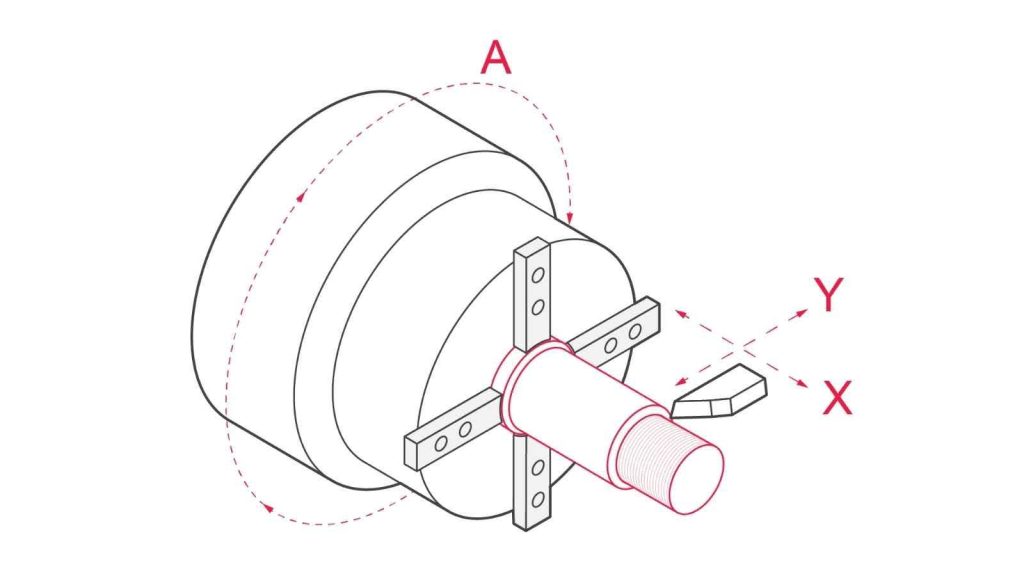
Regularly checking the workpiece during machining operations must demonstrate the expected shaping process. To achieve adequate part quality, modifications need to be made to feed rates and tool replacement steps. It enables you to confirm that your specifications will match the finished products exactly.
The machining process ends when the product moves to finish operations, which include deburring and polishing. The finishing procedures further improve surface quality, and all sharp edges are removed from the part. A set of advanced measurement tools checks the part's dimensions until it complies with precise specifications.
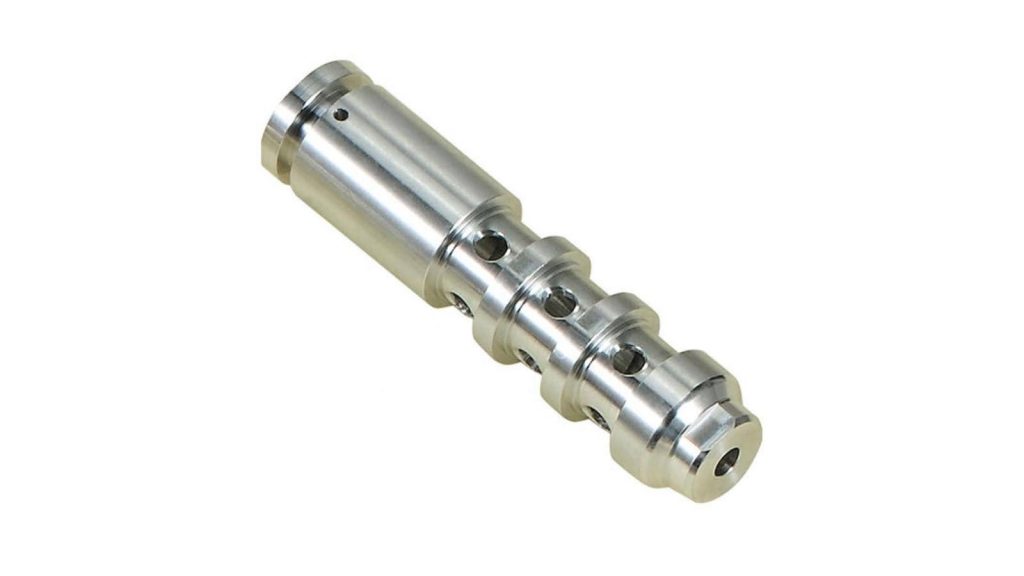
Here are the common types of CNC turning operations
The essential CNC turning operation consists of straight turning. The tool removes material from a rotating workpiece across its entire length during this procedure. The result must generate a round shape that remains cylindrical. Producing shafts, rods, and cylinders with uniform diameters runs smoothly during this operation.
A uniform part length requires the most straightforward approach: Straight turning plays a vital part here. It provides fast and precise results, which multiple industries require.
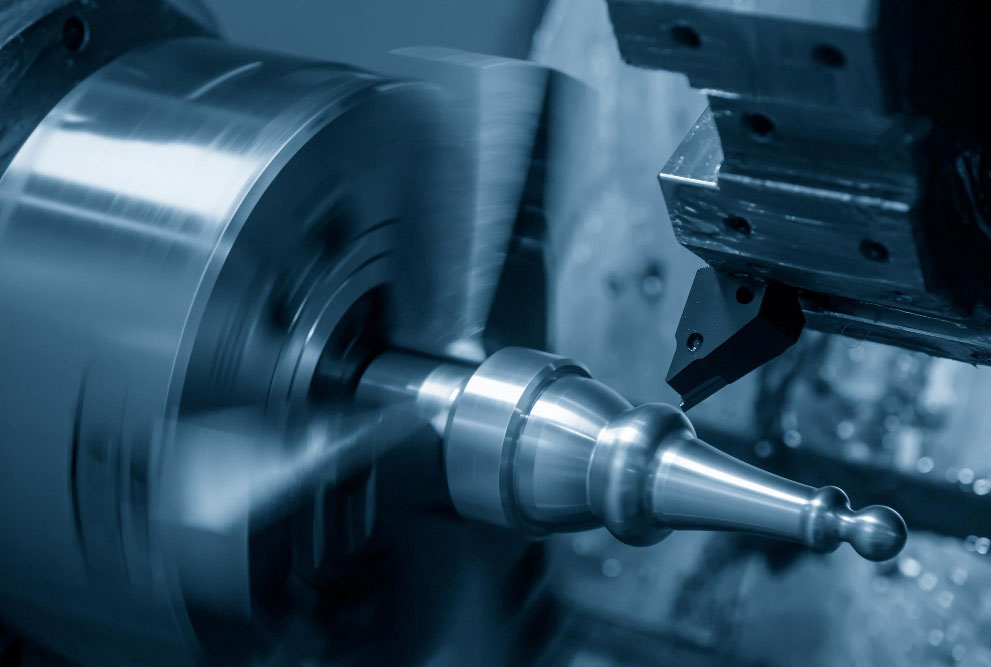
Industrial manufacturers use taper-turning operations to design thinner parts from one end to the opposite. The tool cuts along the material at an angled position. Taper turning is a go-to option for manufacturing areas with cone or tapering forms, such as shafts and engine parts.
The precision level of parts requires smooth diameter reductions from large to small ends. The effective method produces parts that need particular angular alignment while minimizing their dimensions along a selected range.
Parting is a notable production procedure for extracting a section of material from the primary workpiece. A workpiece gets divided into more minor features or obtains material reduction with the help of a parting tool. The operations transform more oversized raw materials into ready-to-use sections. Besides, it prepares slots that serve future joinery requirements.
Parting primarily separates sections from a material for any project requirement. The operation achieves neat CO2 laser-cutting results while improving productivity and reducing waste output.
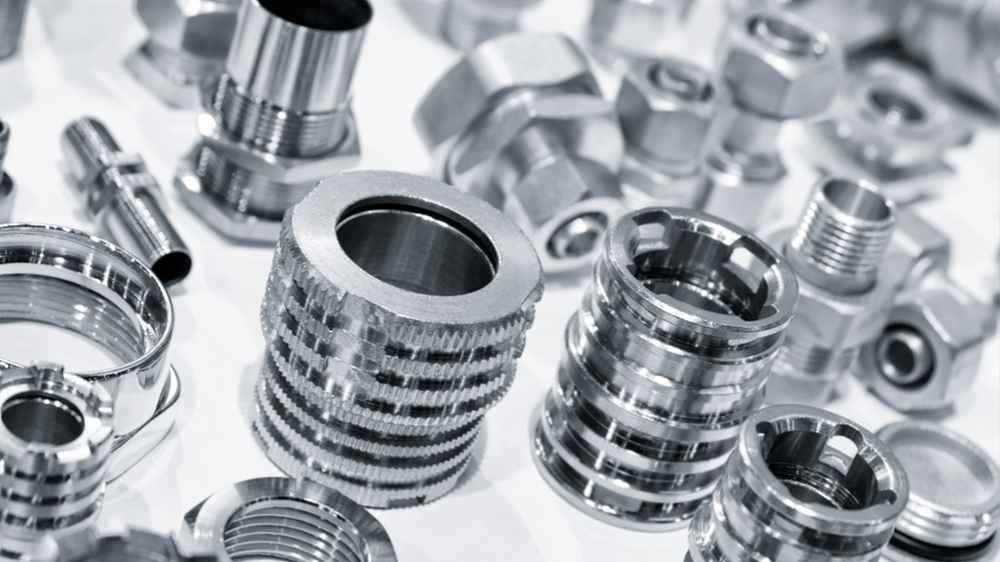
Facing eliminates material at the workpiece ends to achieve uniformity level. The tool cuts across the rotating material to achieve an even and clean surface at the end. The operation readies the part to deploy drilling, boring, and turning procedures.
Any part that needs an assembly-ready flat surface requires facing operation because it produces the necessary flatness. The finishing process creates excellent surface quality and prepares your workpiece for the subsequent manufacturing steps.
CNC grooving produces narrow channels or grooves inside the workpiece material. The tool operates across the material surface to extract material that produces grooves and maintains specific width or depth measurements. It is imperative to create slots or channel components.
Moreover, the necessary precision for sealing rings, component insertions, and decorative designs can be achieved through grooving operations. Its operation allows users to construct narrow slots or channels that match their part design specifications.
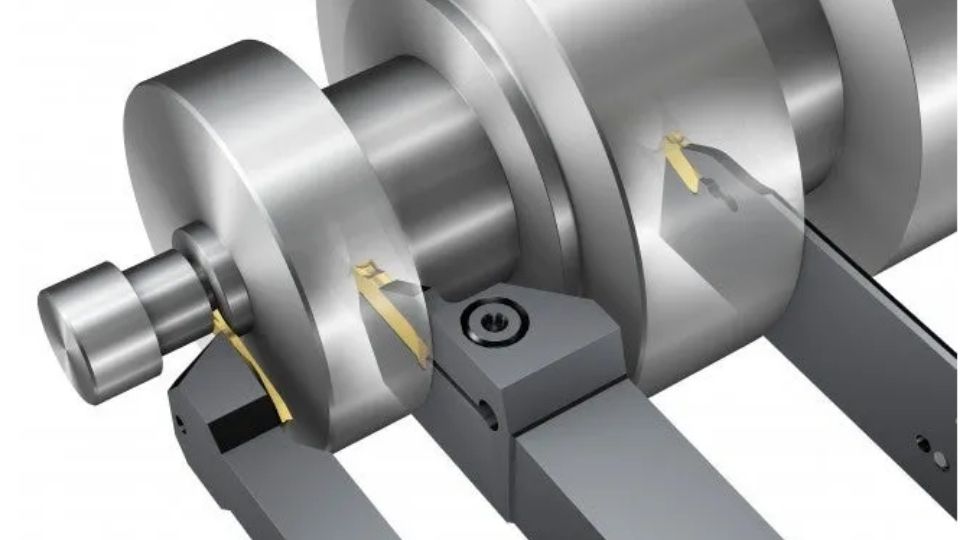
The CNC lathe features drilling as its regular operational sequence. The workpiece receives hole formation from a rotatory drill. The hole dimensions are determined through programming code. The drilling operation provides multiple depth and angular settings that enable precise manufacturing of your specific parts.
If your components need holes for bolts and screws, drilling can be efficiently manufactured using the drilling process. The production of contours/holes of any measurement becomes precise, while automatic control maintains uniformity through CNC drilling.
The CNC boring process creates precise enlargements and finish holes that already exist. By employing boring operations, you can obtain hole dimensions and surface quality superior to basic drilling methods. The tedious process uses a single-point cutting tool to remove material from a workpiece.
Usually, engine components and high-tolerance parts demonstrate ideal applications for boring processes due to precise hole requirements.
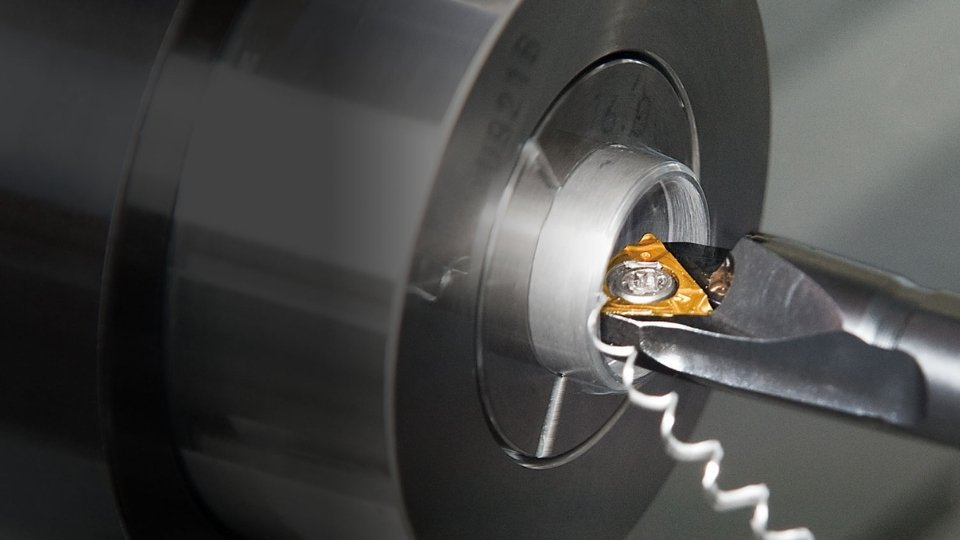
Knurling offers a textured pattern on a workpiece. Through the knurling tool, the material gets compressed, creating raised surface patterns that provide better part grip and aesthetic appeal. Tools that demand improved traction implement this operation for handles, knobs, and additional parts for better grip.
In addition, knurling provides perfect results when your product needs a secure grip surface. Adding practical elements or decorative components to your designs represents a dependable manufacturing approach.
A workpiece threaded with spiral grooves. It adopts fasteners like screws and bolts for attachment purposes. A threading tool creates threads by moving along the rotating workpiece. It achieves the specified pitch measurement and depth. A CNC lathe machine operates effectively to generate internal and external threading based on user specifications.
Threaded parts execution is critical for projects that need internal or external threaded components. Accurate thread production through this process guarantees components can lock together securely while operating correctly.
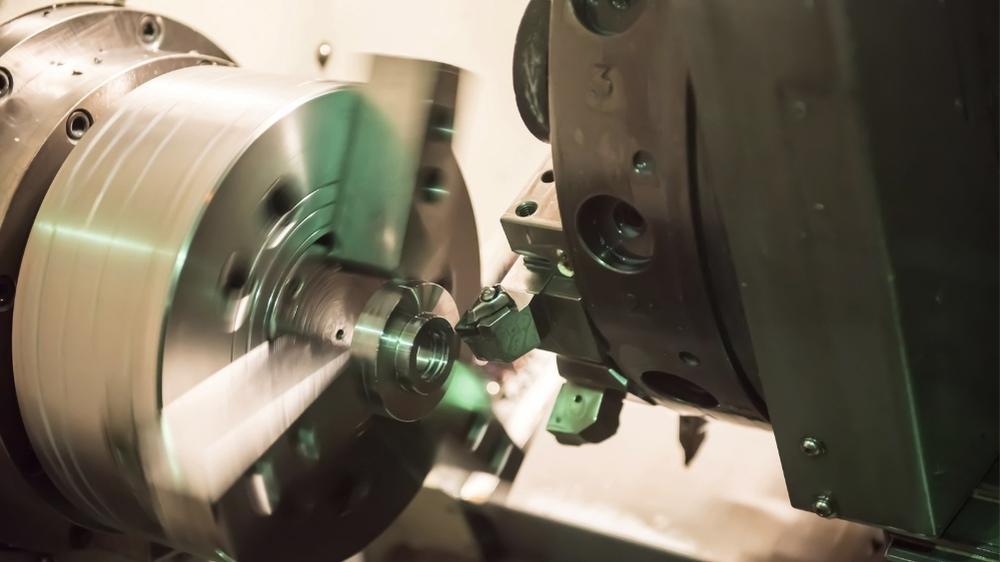
The core components of a CNC turning machine include:
A CNC turning machine operates mainly by spindle. The workpiece holds position while rotating through it. It allows cutting tools to perform shaping operations. The spindle controls machine processing through its precise operational speed. The turning machine incorporates stability features, keeping the workpiece fixed throughout operations.
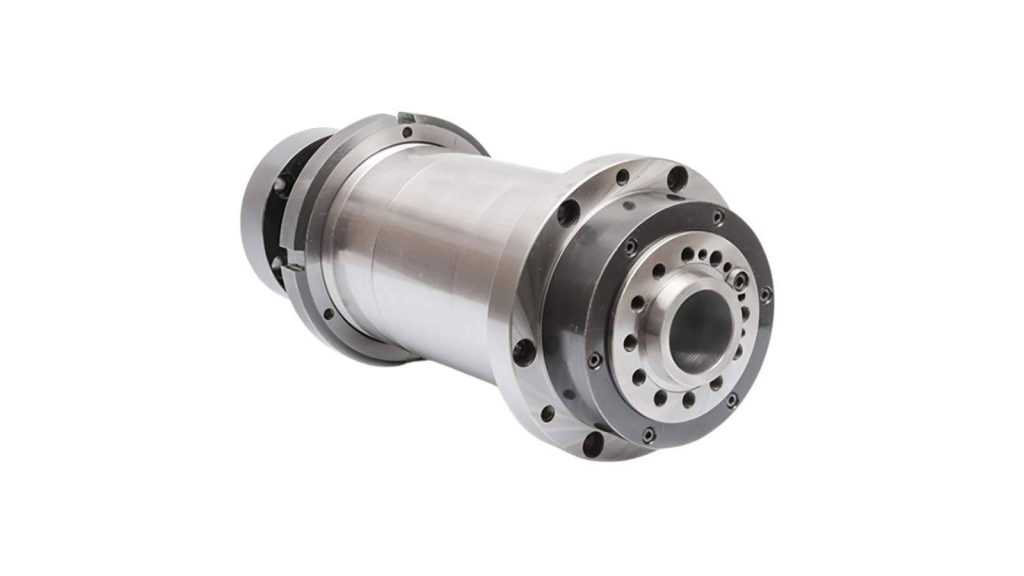
A turret holds various cutting tools that move into position through rotation. Tool changes during operation become more efficient because the system eliminates the need to stop the machine. It provides a mechanism to store turning tools together with drilling tools and borers, which makes the machine adaptable for multiple operations.
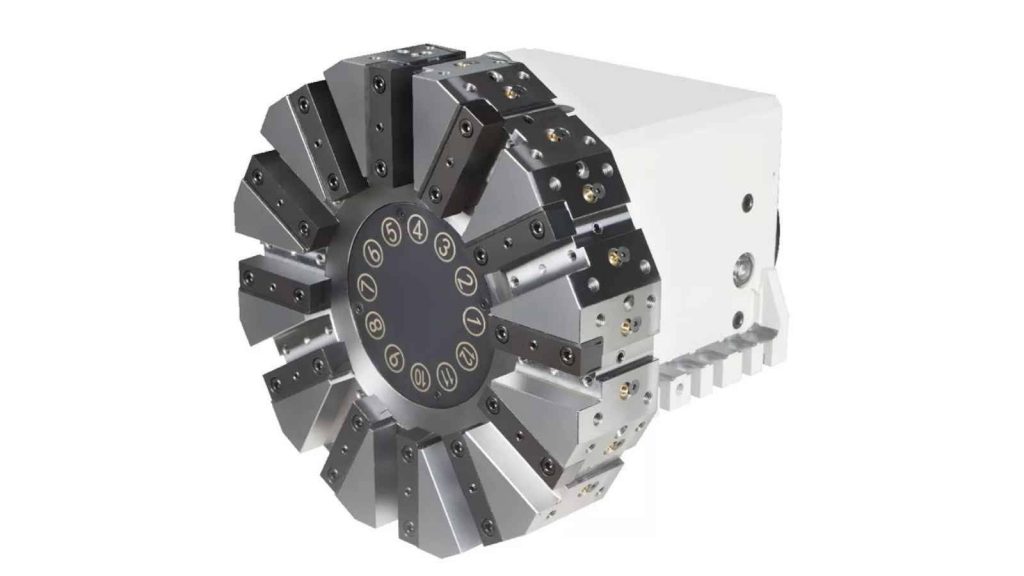
The tool post functionally maintains cutting tools through secure attachment. It gives operational tool position adjustments. The tool holder maintains it at precisely the needed position and angle to achieve precise cutting results. CNC machines integrate automatic tool posts to improve operational effectiveness.
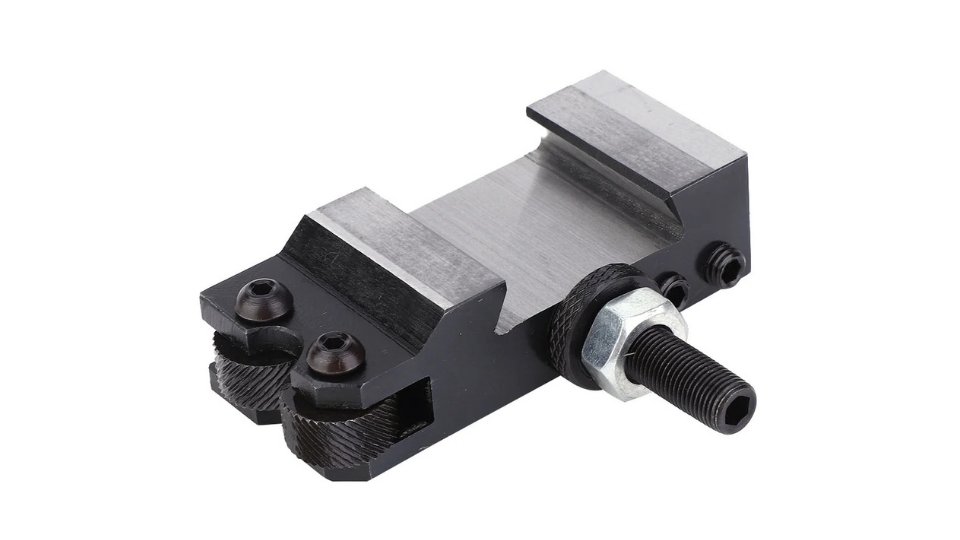
An operator uses the control panel to manage the machine. The interface tracks the process and allows for necessary adjustments. The program guides the machine's functions through the control panel to validate precise and efficient operation.
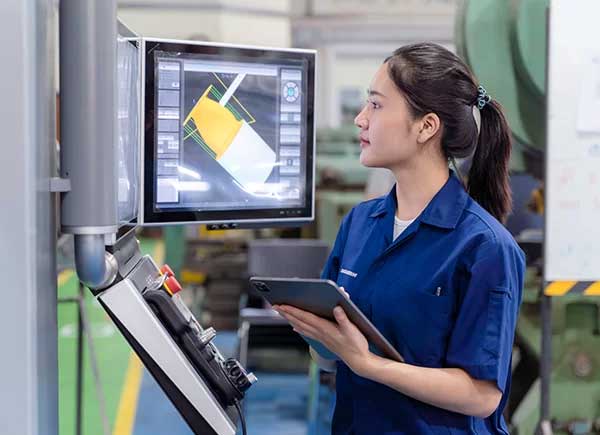
Linear guides and slides enable the machine's moving parts to move through specified axes smoothly. The mechanical exactness of the machine depends on these fundamental parts. These direct tool movement along with workpiece movement during operation. The essential element for making high-quality outputs is smooth machine movement.
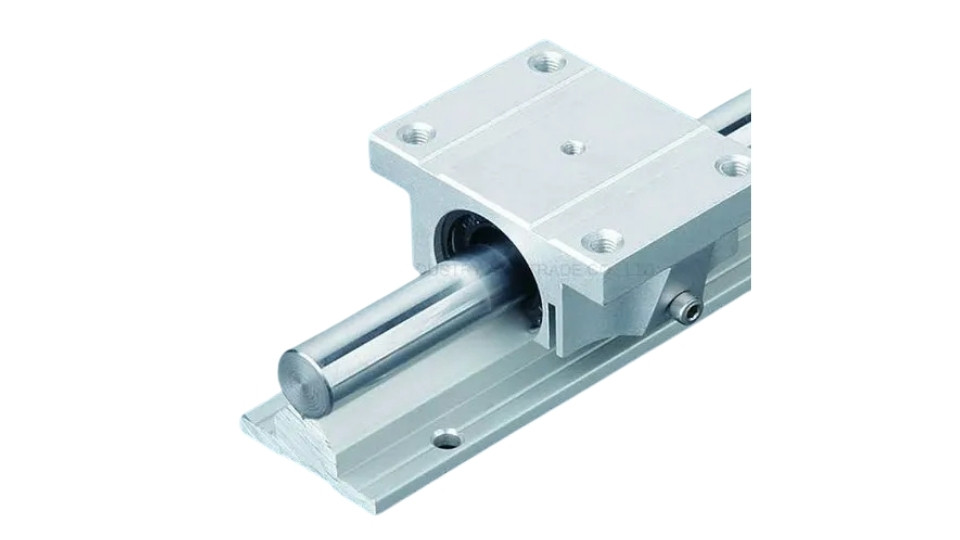
The chuck holds the workpiece securely. This ensures safe operations. Different manual and hydraulic versions of the spindle-mounted device can be found together. During cutting operations, the chuck maintains workpieces upright to stop the production of errors.
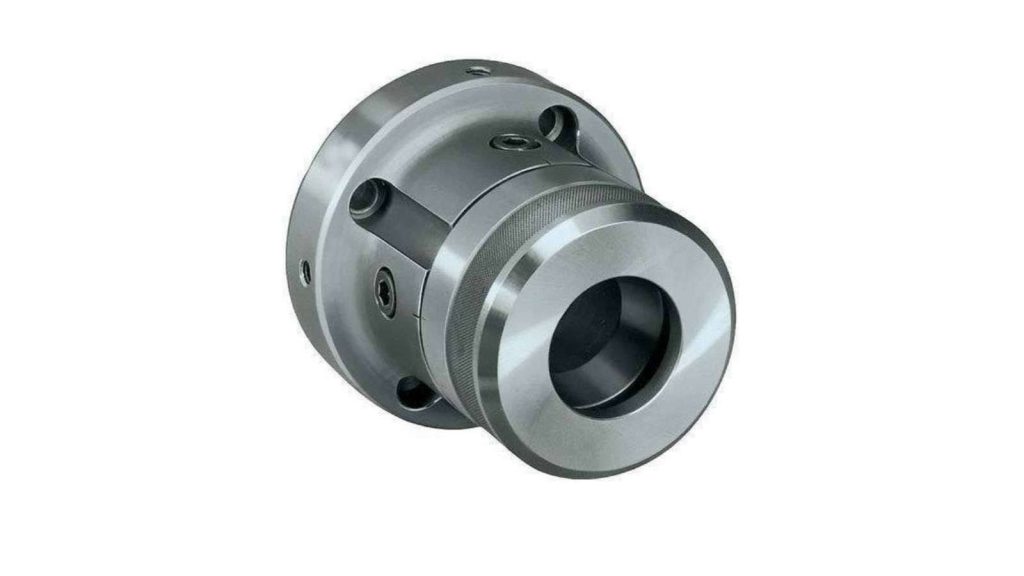
The cooling system controls temperatures and prevents damage. It also clears debris to improve cutting speed and precision.
The bed supports all machine elements while maintaining stability. It retains machine structure integrity by receiving all mechanical elements and avoiding vibrations that affect precision. During high-speed machining operations, the performance reliability of CNC turning machines depends significantly on their bed structure design.
The most commonly used turning machine types are:
CNC horizontal turning machines are among the most frequently utilized industrial equipment types. The workpiece receives horizontal mounting through a spindle that serves as its foundation. The moving cutting tools progress horizontally along each section of the material. Horizontal CNC machines are usually employed for symmetrical parts, particularly shafts and discs.
Moreover, turning more considerable heavy parts benefits significantly from horizontal turning machines. These machines serve the automotive, aerospace, and oil and gas industries because precise and durable parts are unique requirements.
A CNC vertical turning machine design is needed to position the workpiece vertically.
In this configuration, the machine tools operate from top to bottom across the rotating material. The machine works optimally when processing parts with large diameters and small dimensions, including wheels, flanges, and rings.
Vertical turning machines' efficient design allows them to manage big workpieces easily during heavy-duty applications. The vertical orientation takes advantage of gravity forces to simplify the material removal process.
Specialized CNC Swiss-type lathes are used to generate complex small parts at high precision levels. A collet serves as the workpiece support when the tool combined with the workpiece moves together. The machine creates precise components because it moves in ways that fulfill medical and electronic requirements and precision tool specifications.
Swiss-type lathes deliver outstanding production of small complex parts because they combine exceptional precision with operational efficiency. The device performs best when handling operations with small diameters to create detailed, precise parts.
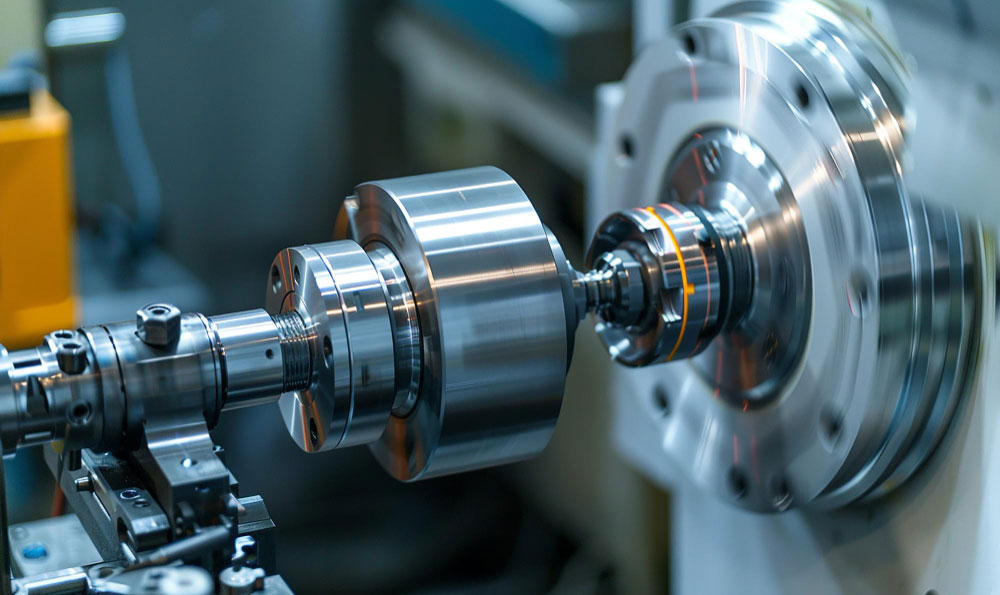
A CNC multitasking machine structure named the CNC turn-mill centre integrates turning and milling functions under a single-machine system. Manufacturers achieve advanced component creation through these machines, which eliminates the need to use various production devices. A single setup using these machines allows you to perform drilling, tapping, milling, and turning operations.
Standards-based multitasking machine tools reduce both production costs and work hours through their ability to perform diverse operations during a single production run. The machinery delivers exceptional results when creating complex parts, which aerospace industries, together with automotive companies and makers of medical devices, require.
| Advantages | Disadvantages |
| High Accuracy | High Setup Costs |
| Material Flexibility | Size Limitations |
| Fast Production | Waste Generation |
| Consistent Results | Complex Programming |
| Reduced Human Error | Maintenance Costs |
| Low Labor Requirements | Initial Investment |
| Safe Operation | Limited by Machine Capacity |
| Versatile Applications | Tool Wear and Tear |
| Applications | Parts Created |
| Automotive Manufacturing | Engine components, shafts, gears |
| Medical Device Production | Surgical tools, implants, pins |
| Electronics Manufacturing | Connectors, Pins, housings |
| Aerospace Parts Manufacturing | Aircraft components, valves |
| Oil & Gas Industry | Flanges, valves, pump parts |
| Industrial Equipment | Bearings, housings, brackets |
| Consumer Goods | Household appliance parts, knobs |
| Tooling & Fixtures | Jigs, fixtures, dies |
Different industries use CNC turning as their primary production for creating complex, precise parts. The system operates with computer numerical control (CNC) technology that controls the workpiece and the cutting tool. It allows manufacturers to achieve exact part specifications while eliminating human mistakes and creating basic and complex component designs. The manufacturing industry uses CNC turning to generate shafts, valves, connectors, and housings for applications in automotive, aerospace fields, and medical devices with electronic components. The benefits of these methods include fast production time, reliable performance, and safety, but these features come with challenges like expensive tooling costs and excessive material waste.
Q1: What is the difference between CNC turning and CNC milling?
CNC turning rotates the workpiece while the cutting tool remains stationary. On the other hand, CNC milling uses rotating tools to cut a stationary workpiece.
Q2: How does CNC turn to ensure precision?
CNC turning uses computer-controlled movements, minimizing human error and ensuring precise cuts based on exact designs.
Q3: What materials can be machined with CNC turning?
CNC turning can machine various materials, including metals like aluminum, steel, and titanium, as well as plastics and composites.
Q4: What parts are typically made with CNC turning?
CNC turning can precisely create parts like shafts, gears, valves, and connectors for industries such as automotive and aerospace.
Q5: What are the limitations of CNC turning?
CNC turning has high setup and maintenance costs workpiece size restrictions, and generates excessive waste due to its subtractive process.
